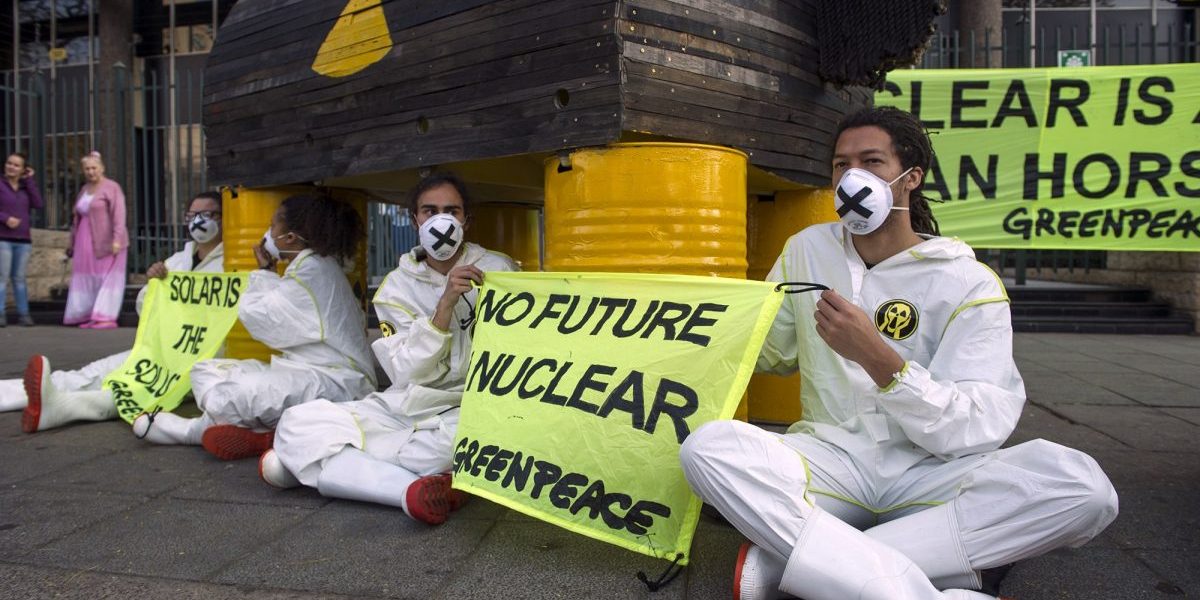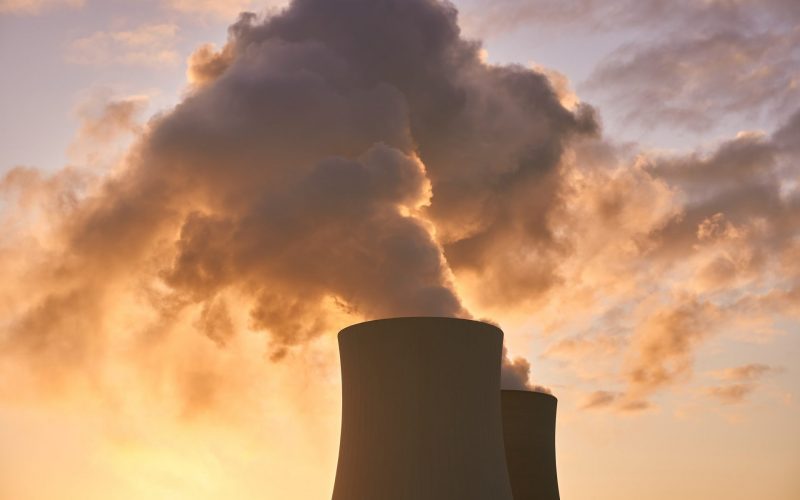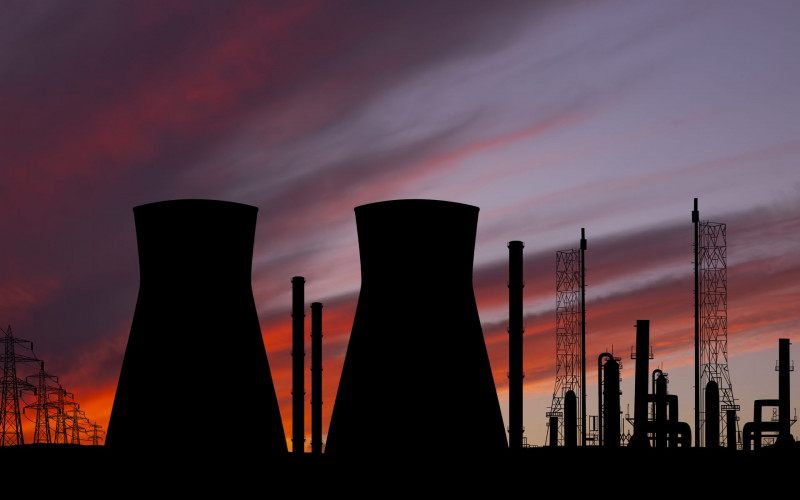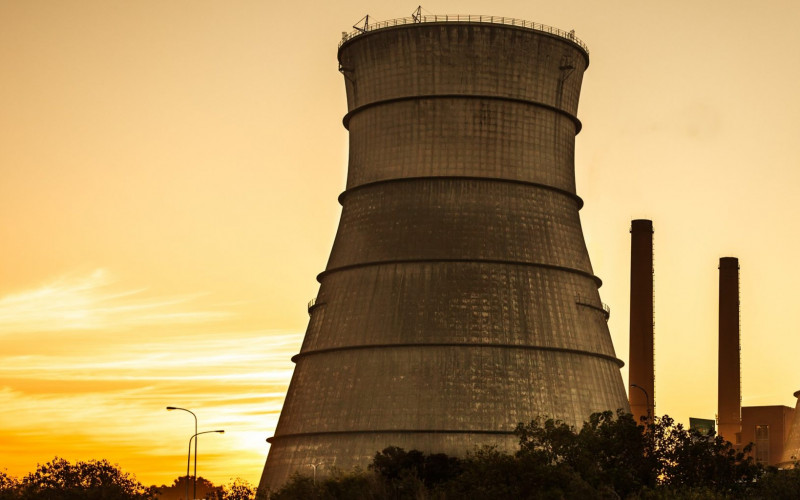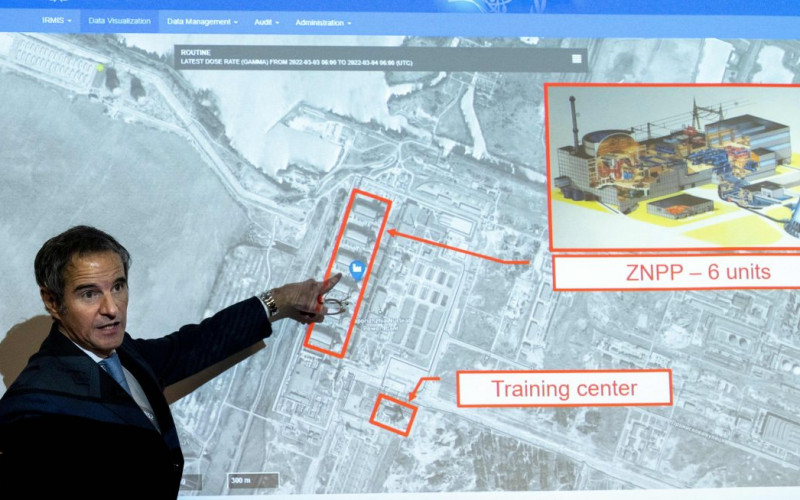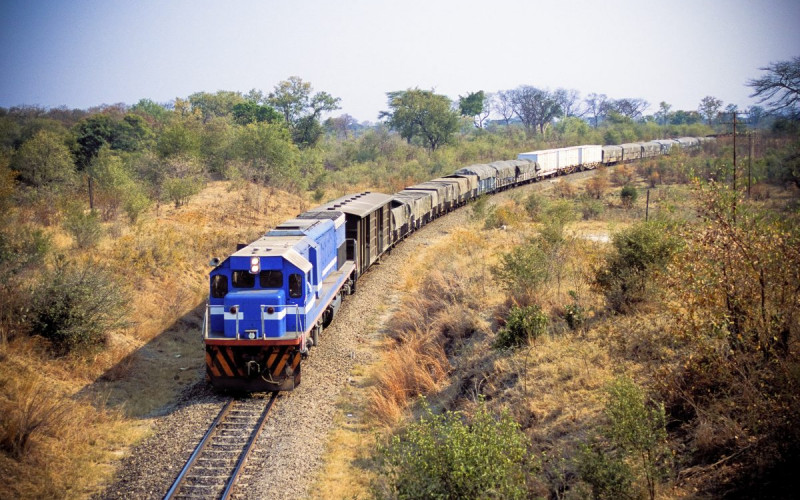More than one year has passed since the expiry of the Agreement for Cooperation between the US and South Africa Concerning the Peaceful Uses of Nuclear Energy (the 123 Agreement). With its expiration, the export license of Westinghouse Electric Corporation, a key nuclear fuel supplier to South Africa, was also suspended. This added to existing uncertainties about the future of the country’s Koeberg Nuclear Power Plant (NPP) and the alleviation of loadshedding (rolling blackouts) typically attributed to South Africa’s fleet of ageing coal power plants. Loadshedding was additionally complicated last year due to ongoing interventions at Koeberg NPP to extend its operating life beyond the 40 years for which it was designed. According to statistics published by The Outlier, loadshedding in 2023 amounted to 6 947 hours.
So-called 123 Agreements (in reference to Section 123 of the US Atomic Energy Act of 1954 as amended) allow the transfer of nuclear material from the US to other countries through formal agreements conditional to safeguards and security requirements. The plant at Koeberg is the only current nuclear power station in Africa and is responsible for roughly 6% of South Africa’s total electricity production. It consists of two pressurised water reactors (each contributing some 920 MW to the grid) in operation since 1984 and was built by French company Framatome following an agreement between South Africa and France in 1976. South Africa’s power utility, Eskom, has been actively engaged in extending its operational life beyond 2024 to 2045, plans which have been delayed at various stages of this intervention. With the ongoing problems in electricity supply shortage, the country can hardly afford to lose the nearly 2000 MW provided by the Koeberg NPP.
One of the most important processes of this extension involves the replacement of the reactors’ steam generators, vital components to turn turbines to produce electricity. Unit 1 was taken offline in December 2022 to start the process. Replacement should have been completed by June 2023 so that the reactor could be brought back online, but the process was repeatedly delayed and at times the date of return to the grid of Unit 1 was unclear. However, on 30 December 2023 Unit 1 passed a critical test and has been cleared to resume operation. Repeated delays in the upgrade of Unit 1 pushed the replacement of the steam generator of Unit 2 back but with upgrades to Unit 1 completed, attention has now shifted to Unit 2. The reactor was taken offline on 11 December 2023 and is expected to remain so until September 2024. Renewal of Eskom’s license to operate the NPP, which expires on 21 July 2024, depends on these critical upgrades. And with Unit 1 scheduled for another 200-day maintenance cycle, time is of the essence. While it is not envisaged, the already strained power grid will not benefit from both units potentially being offline at the same time, a condition South Africa’s Minister of Electricity, Dr Kgosientsho Ramokgopa, also raised previously raised concerns about.
Although the 123 Agreement between the US and South Africa lapsed in 2022, this suspension has not caused a significant problem for the most recent round of refuelling at the NPP, but it could cause difficulties going forward. Negotiations for a new agreement, set in motion by both the US and South African governments, have however reached a deadlock seemingly due to South Africa’s insistence on its right to produce its own nuclear fuel.
Indeed, this right is provided for in the Nuclear Non-proliferation Treaty (NPT), of which South Africa is a party, as well as the continent’s Treaty of Pelindaba, establishing a nuclear-weapon-free zone in Africa. With the expiration of the 123 Agreement, exports cannot take place since its safety requirements are also deemed invalid. However, the country’s commitment to non-proliferation and the peaceful use of nuclear energy is still guided by the safeguards stipulated through the other legal regimes, like the NPT and Pelindaba Treaty, to which it adheres. That, along with the fact that South Africa voluntarily dismantled its former nuclear weapons programme and now champions nuclear disarmament globally, should be enough assurance.
After the Russia-Africa summit in July 2023 it was announced that the South African Nuclear Energy Corporation (Necsa) had signed a Memorandum of Understanding on cooperation for nuclear fuel and components manufacture with Russia’s TVEL, the fuel section of Rosatom, its atomic energy agency. What this means for the renewal of the 123 Agreement with the US is not clear. South Africa has on several occasions come under scrutiny for its relationship with Russia since the outbreak of war in Ukraine. Its decision to host a joint military exercise with Russia over the one-year anniversary of the war as well as allegations by the US of an arms shipment to Russia (the famous Lady R incident) have sparked some of the biggest questions. Its decision to sign a nuclear fuel agreement with Russia may well be viewed with scepticism by the international community.
Building additional nuclear power plants has also been a consideration in South Africa, however, not without controversy. Certainly the most widely known incident involves the nuclear deal with Russia during the presidency of Jacob Zuma, declared unconstitutional after a legal challenge by Earthlife Africa and the Southern African Faith Communities Environment Institute (SAFCEI). In this court battle, Earthlife and SAFCEI wanted the nuclear agreement with Russia as well as the presentation to Parliament of nuclear agreements with South Korea and the US in 2015, declared invalid. Corruption allegations directed at government at the time also contributed to bringing down the nuclear expansion plans. Controversy aside, nuclear energy remains on the cards for South Africa. Indeed, on 12 December 2023 it was announced that the country plans to procure an additional 2500 MW of nuclear power to address the loadshedding problem. However, this is not a short-term solution, and the procurement and construction process will take at least a decade.
It remains to be seen whether the Koeberg life extension will be conducted successfully. But it is unlikely that failure to extend its operating life will mean the end of the road for nuclear energy in South Africa. With plans for nuclear expansion now made public, political will and committed follow-through from government will be the key to successfully navigating the mammoth task that is building a nuclear power plant.

